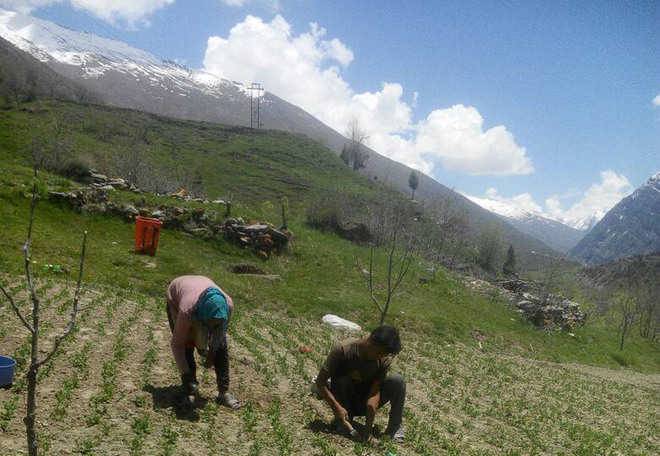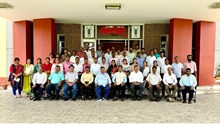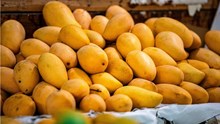
For containment of the SARS CoV-2 virus, the Indian government declared a three-week nation-wide lockdown till mid-April, which was extended further to achieve satisfactory results. To address the difficulties faced by most vulnerable sections of the society amid lockdown, the finance minister came out with an economic package worth INR 1.7 trillion. ICAR issued guidelines for harvesting and threshing of various rabi crops, while RBI granted a three-month moratorium on repayment of farm loans. But despite these measures, the farmers have to face various difficulties during this pandemic period.
Supply chain disruption
The problem came during the peak rabi season and crops like wheat, gram, lentil, mustard, etc were at the harvesting stage. Input and output supply was affected as mobilization was limited. To further aggravate the situation, the emigration of the labor force severely affected harvest and post-harvest activities amid lockdown. Union Home Ministry waived restrictions on inter and intrastate movement of farmers and laborers so that the functioning of the supply chain is maintained, but still a restricted farm activity was observed.
Around 85 percent of Indian farm households are small and marginal farmers and depend completely on agricultural activity for their livelihood. The non-farm sector in rural areas also came to standstill amid lockdown, thus the only option left for sustaining their livelihood is an innovative agricultural policy. The well established and large farmers can cope up with the conditions of crop failure, but it’s not easy for the small and marginal farmers to bear the loss of crop failure and supply chain disruption.

Perishable items like fruits and vegetables are high-income crops and intensive agricultural activities are required for their production. But, due to lack of market facilities and efficient procurement and storage system, these commodities face the highest losses. Kullu valley of Himachal Pradesh is famous for the production of off-season vegetables like Broccoli, Iceberg etc, but due to lack of infrastructural facilities, difficult hilly terrain, labour issues and restricted activities amid lockdown, the farmers were unable to sell their produce and had to face great losses.
Suggestions
Indian meteorological department has predicted a normal monsoon in 2020 as El Nino is not evident. Thus, the smooth functioning of agri-input supply chain should be prompted by states so that full potential of kharif season is exploited by farmers. E-commerce and delivery companies in farm sector need to be encouraged.
ICT should be utilized effectively to provide advisories on farm operations and availability of inputs. MGNREGA scheme should be converged with agricultural activities, so that food and nutrition security of the nation is kept secured.
Relax APMC norms, so that a farmer can sell his produce beyond designated mandis. Proper price support and procurement mechanism need to be formulated by state governments so that farmers are able to sustain their livelihood.















